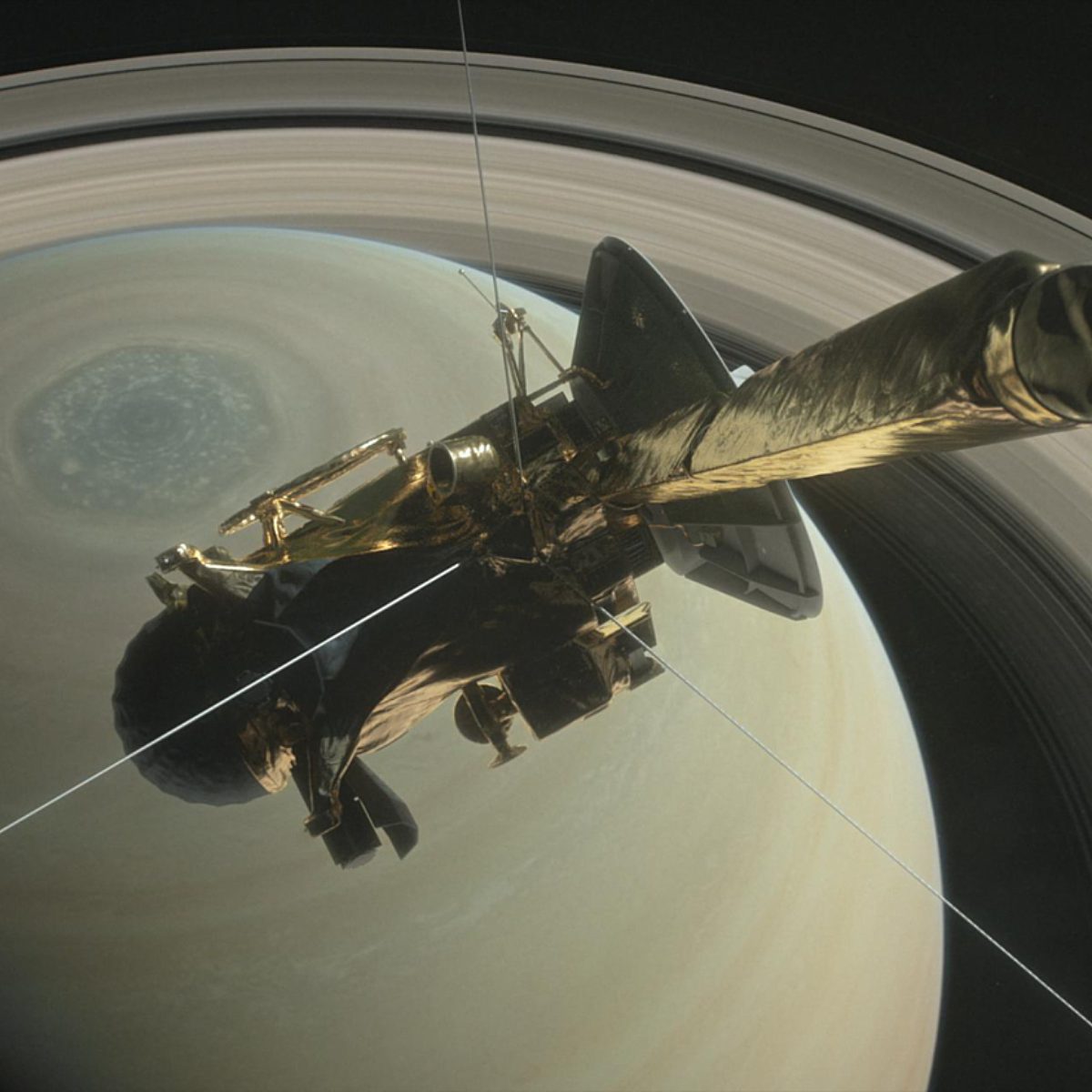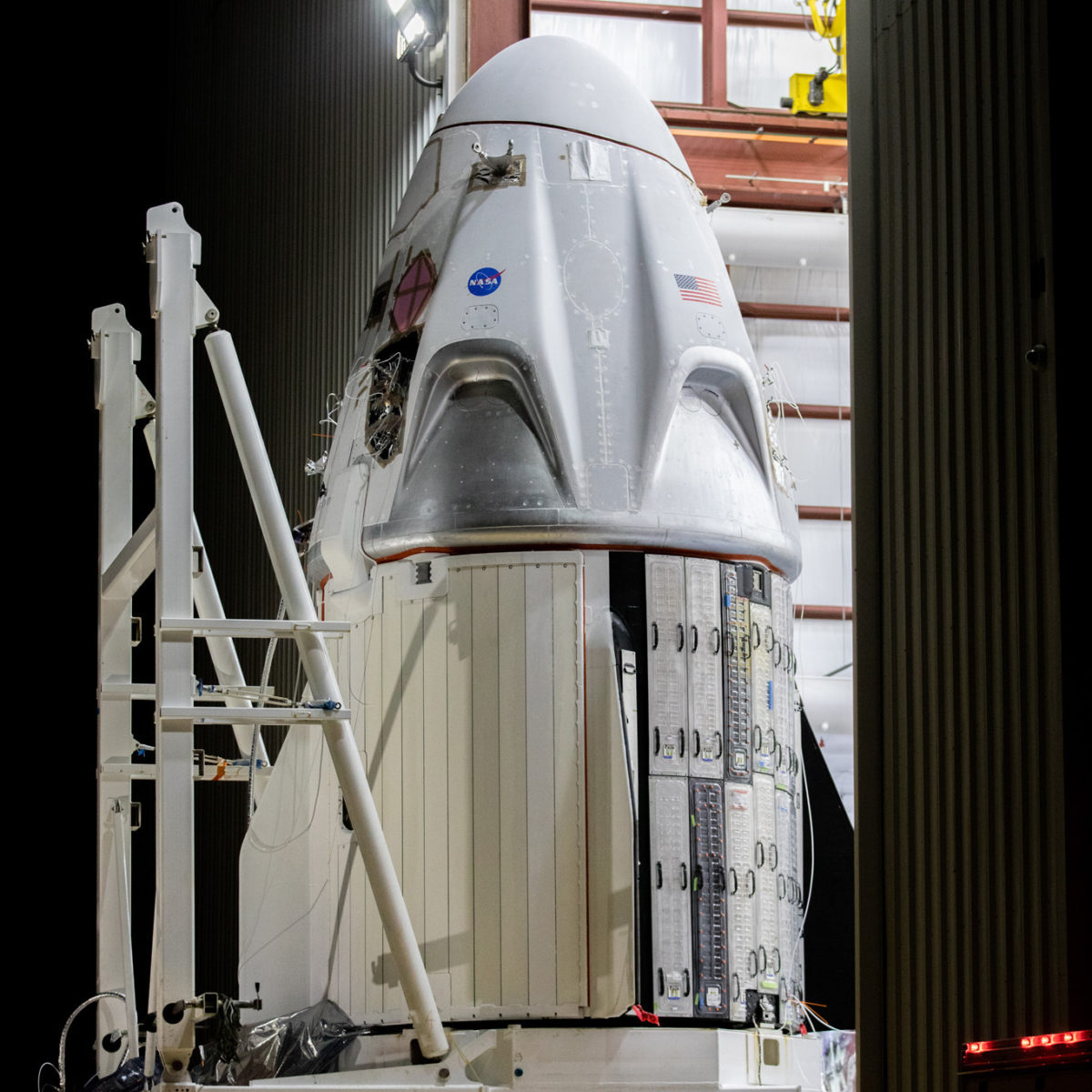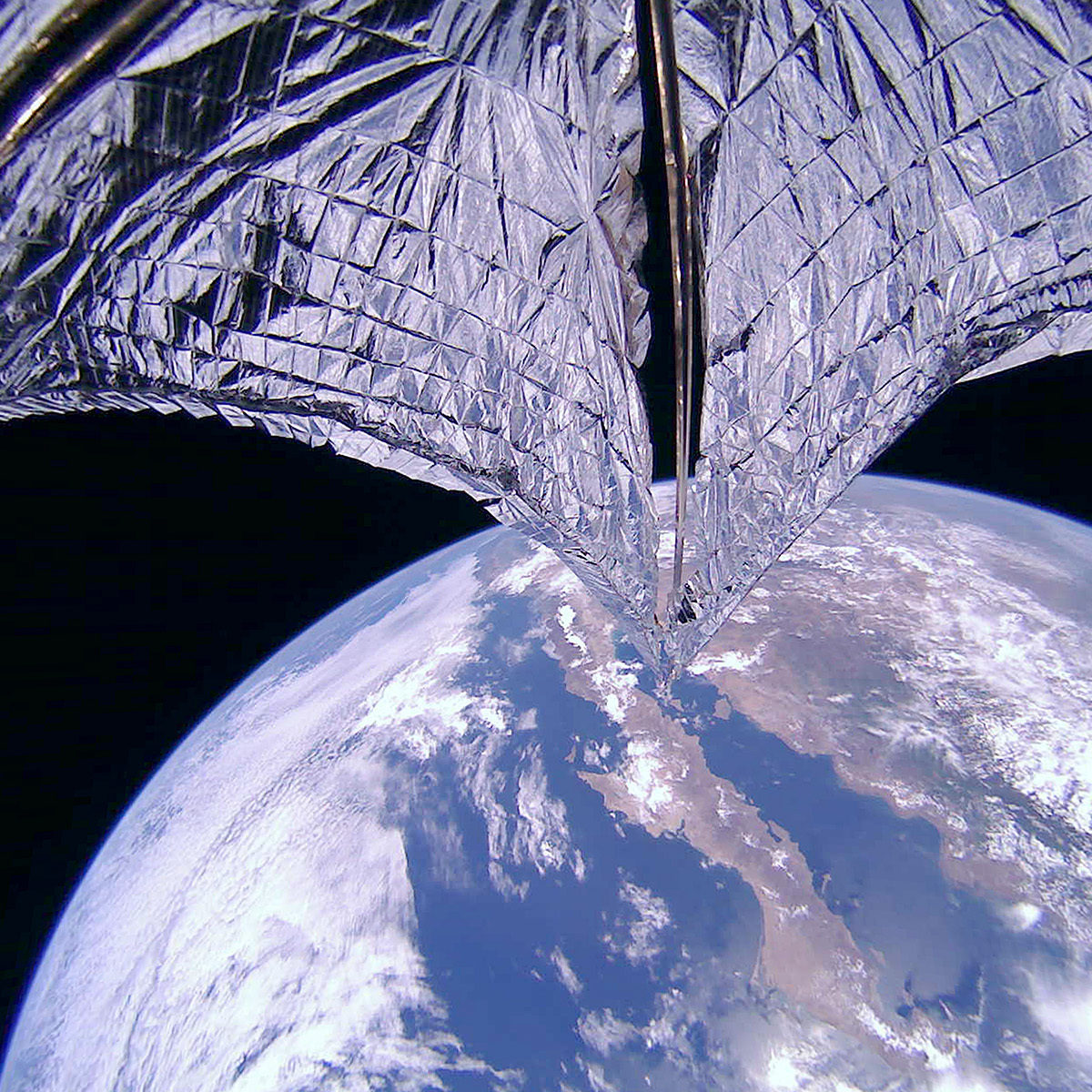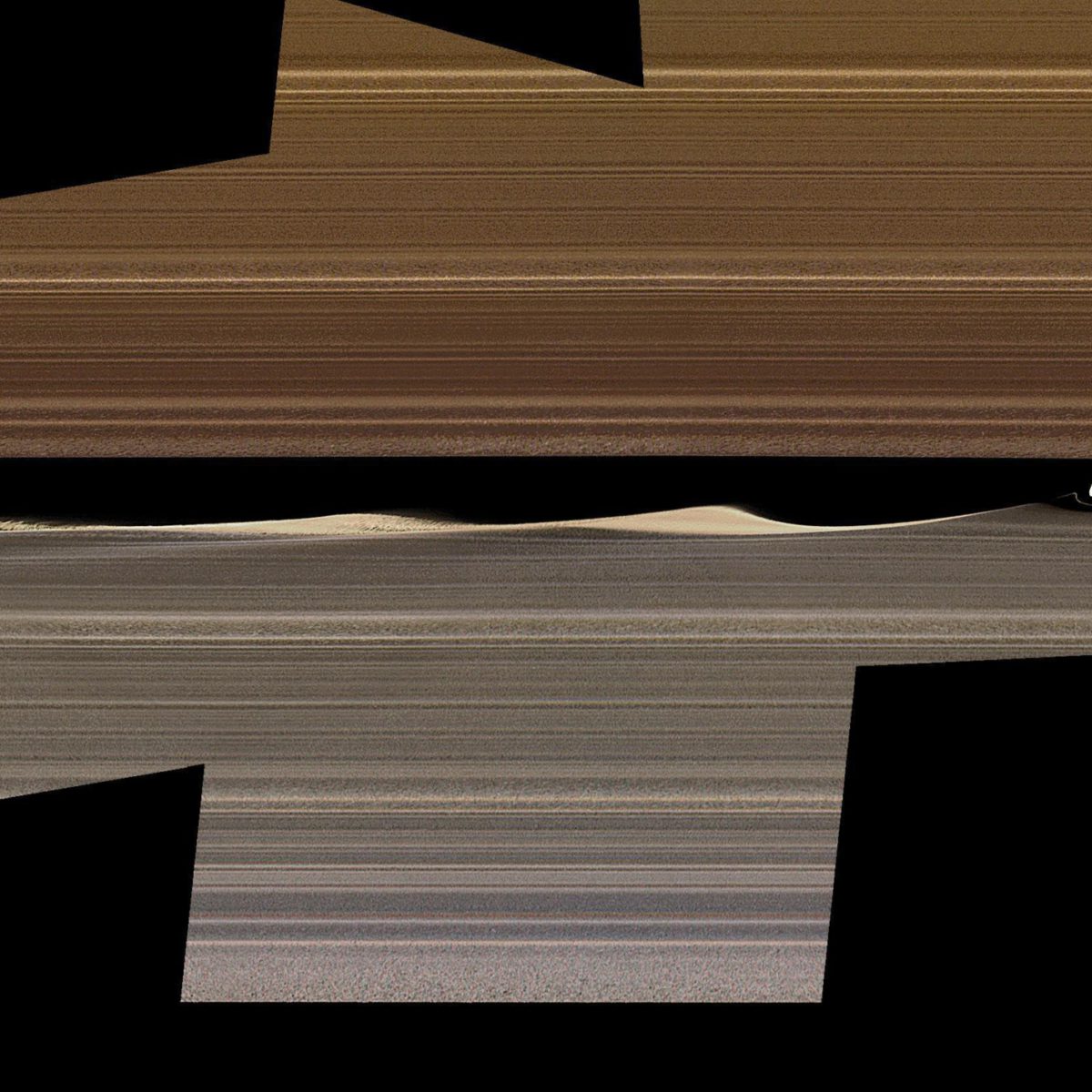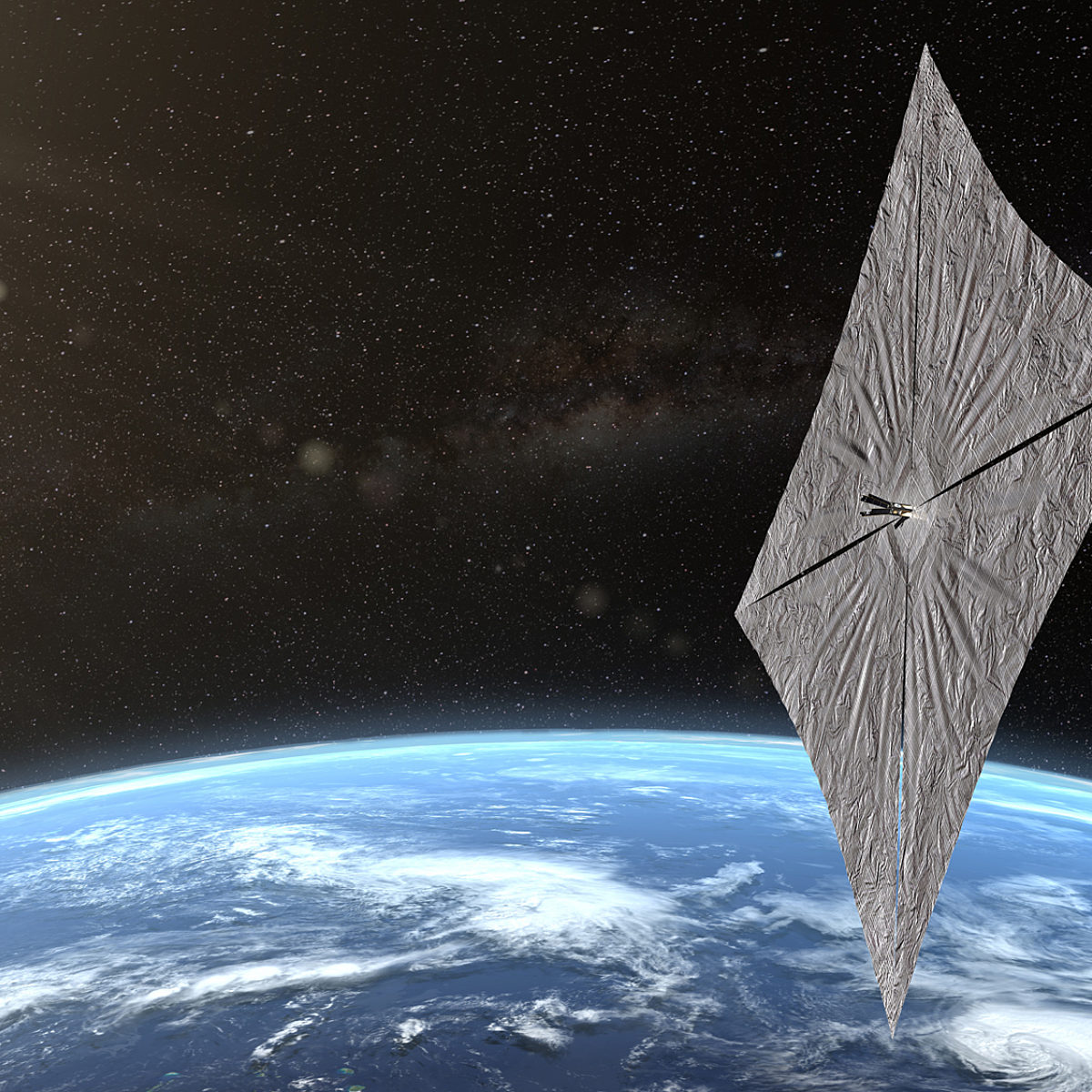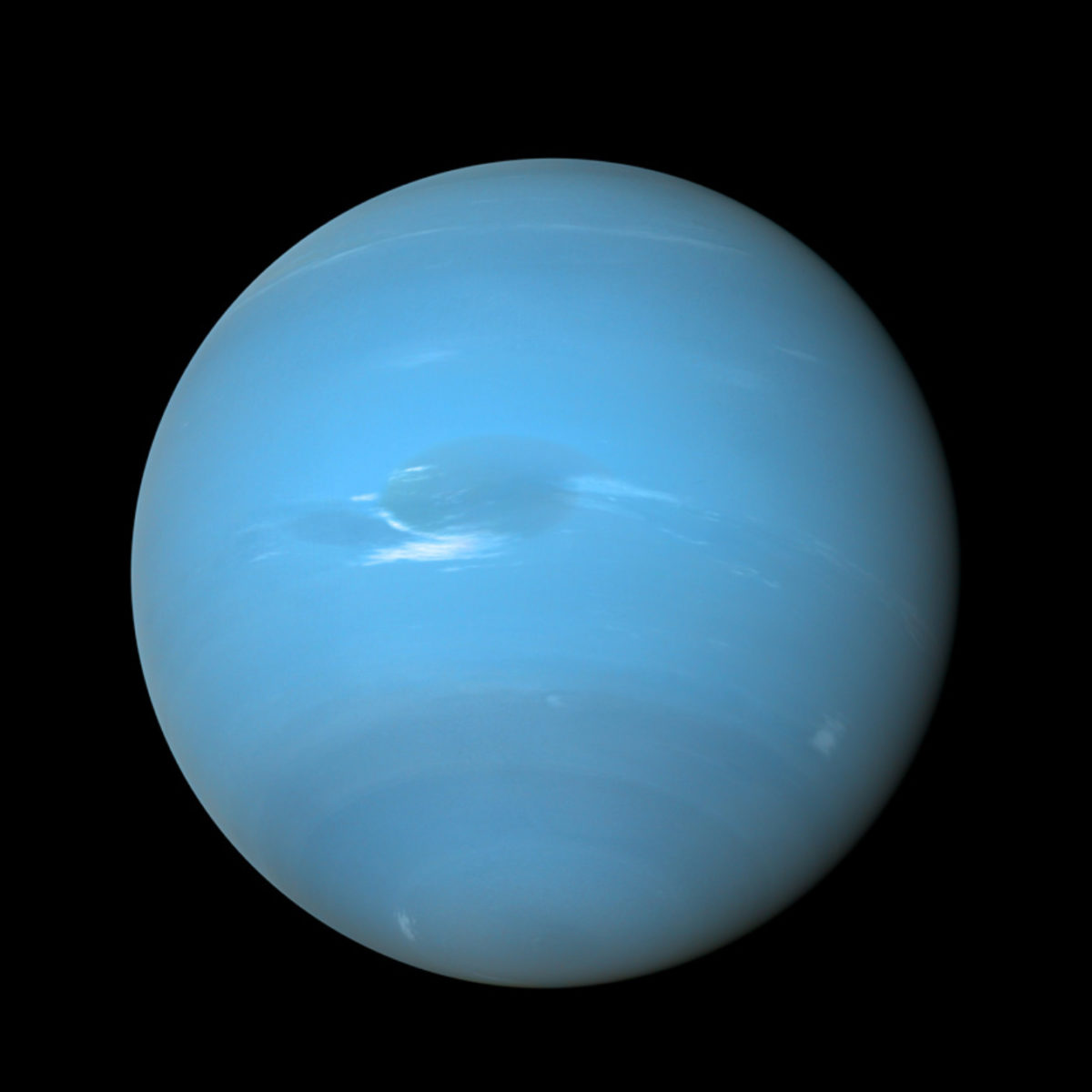Since 2002, Planetary Radio has visited with a scientist, engineer, project manager, advocate, or writer who provides a unique perspective on the quest for knowledge about our Solar System and beyond. The full show archive is available for free.
Search Planetary Radio
We were there when the Cassini spacecraft ended 13 years of exploration and revelation at Saturn.
Former astronaut Garrett Reisman helped lead development of the SpaceX Crew Dragon spacecraft that is about to carry astronauts to the International Space Station.
JPL scientist Kevin Hand is endlessly fascinated by the possibility of life in the hidden oceans of the outer solar system’s moons, and now he has written a great book about the quest to discover it.
American astronauts are about to fly from Florida to the International Space Station for the first time in nine years, thanks to the commercial space development initiative advocated for years by Lori Garver.
The biannual Starship Congress attracts starry-eyed believers in humankind’s destiny among the stars. We talk with several of them about their ideas for technologies and science that may help pave the way. Science fiction author David Brin dropped by the Congress and spends a few fun and speculative minutes with us. The September Equinox edition of The Planetary Report is ready for all to read. Editor Emily Lakdawalla gives us a sneak peek. The Milky Way has at least 54 satellite galaxies? Who knew? Bruce Betts, that’s who.
This US research center has been part of more than 200 space missions, but it’s not a NASA facility! The Los Alamos National Laboratory in New Mexico gave the Voyager spacecraft their power sources, is building nuclear generators for future Martians, and accidentally invented the field of High Energy Astrophysics.
First we return to JPL for an update on the Mars Helicopter that has just been attached to the belly of the 2020 Mars Rover. Then it’s across the pond for a review of the amazing science coming from the Rosetta mission that spent years exploring comet 67P/Churyumov-Gerasimenko. We wrap things up with another What’s Up view across the solar system and beyond.
It will be the first flying machine on another world. Mars Helicopter Project Manager MiMi Aung shares her plans. There’s big news about The Planetary Society’s LightSail 2!
Join us as the little cubesat successfully unfurls its solar sail! You’ll hear from members of the LightSail 2 mission team on the morning of July 23, 2019, when the critical command was sent to the spacecraft.
NASA has given the go-ahead for Dragonfly, a flying rotorcraft that will explore Saturn’s mysterious moon Titan. Mission Principal Investigator Elizabeth “Zibi” Turtle helps us celebrate.
A giant SpaceX Falcon Heavy lifted off in the early hours of June 25th. One week later, the LightSail 2 solar sail was released to begin its epic mission. You’ll join the thrilling launch, meet LightSail team members and leaders of other missions, and get a solar sail update in this very special episode.
It has been many months since the great Cassini spacecraft plunged into Saturn’s atmosphere and fiery death. Yet the mission lives on as the reams of data and images reveal much more of this beautiful world, its rings and its moons.
The day is almost here. With the launch of a Falcon Heavy rocket, The Planetary Society will begin its mission to prove that a tiny, orbiting spacecraft can be propelled by the light of the Sun.
Mat Kaplan visits Cal Poly San Luis Obispo for a last, clean room visit with LightSail 2, the Planetary Society’s solar sailing cubesat. While there, Mat also talked to attendees at the Cubesat Developers Workshop, including the creator of the tiny “Pocket Rocket” engine for small spacecraft.
A rare alignment of planets and other objects will enable the solar-powered Lucy spacecraft to examine seven asteroids, six of which are among the thousands of Trojan asteroids that orbit ahead of and behind Jupiter. The mission team, include Hal Levison, Cathy Olkin and Mike Sekerak, hope to unlock secrets of our solar system’s origin through these ancient artifacts.
The Beresheet lunar lander failed in the last few kilometers of its descent to the Moon. Two days later we learned that its team would try again.
When will we return to Uranus and Neptune? Planetary scientist Amy Simon explains why a mission to the so-called ice giants is a high priority as she tells us about these mysterious, blue worlds.
With missions like Chang’e 4 on the far side of the Moon, China has firmly established itself as a leader in space exploration. Space journalist Andrew Jones helps us explore the nation’s ambitious near and long-term plans.
Non-profit SpaceIL’s Beresheet is on its way to the Moon. Only China, the Soviet Union and the United States have safely landed there before. Host Mat Kaplan talks with SpaceIL Senior Systems Engineer Yoav Landsman, while MaryLiz Bender hears from a team member who attended the launch.
The Mars Exploration Rover mission was declared complete on February 13, 2019. On the very next day, MER Project Manager John Callas and Deputy Project Scientist Abigail Fraeman came to Planetary Society headquarters for an extended and emotional conversation with Mat Kaplan and Emily Lakdawalla.


 Explore Worlds
Explore Worlds Find Life
Find Life Defend Earth
Defend Earth


